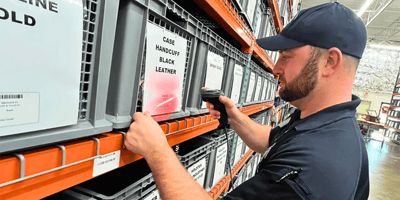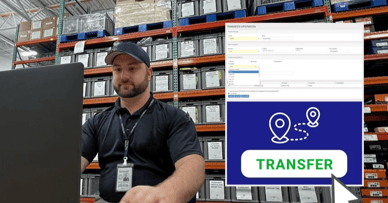Blog
Don’t Let the Labor Shortage Impact Your Ability to Protect Your Organization
Whether you’re dealing with disputes, workplace violence, internal hazards, weather disasters, or a public relations crisis within your organization, managing and maintaining a safe and secure environment is paramount to your mission. Remaining vigilant yet agile is a 24-hour job.
More importantly, the rising trend of violence in society is giving way to a new normal. The world of security has changed. And 360-degree visibility is no longer optional.
In 2017, millions of Americans reported experiencing some form of workplace violence. According to the National Safety Council, assaults in the workplace injured 18,400 people and contributed to 458 deaths. Furthermore, while not the result of violence, exposure to hazardous conditions, including gas leaks and fire accounted for another 37,110 workplace injuries.
Now, more than ever, the security industry needs to overhaul its practices and adopt an all-hands, all-hazards approach, but it couldn’t come at a more challenging time.
According to the U.S. Bureau of Labor Statistics, 4 million people quit the workforce in July of 2021. A number of those people came from the public security sector, and it’s no surprise to many. Major cities around the US are facing historic departures of public safety officers, including New York, which saw 15% of its force leave in 2020, and Louisville, KY, which has seen more than a 20% decrease in the size of its police force.
You’re well aware of the risks associated with these labor shortages, both to your department and community, including:
- Response time and level of care degrading
- Inability to meet community demands
- Burnout and mental health issues
- Extended response times
- Not being in the right place at the right time
- Significant events taking too many resources or not having enough resources to handle those events properly
Unfortunately, too many organizations are still relying on outdated, cumbersome binders, word docs, and shared folders – intensifying the manual workload and potential for error, especially with an understaffed department.
Staying ahead of threats while keeping pace with best practices can tax your organization, and leave the door open for internal threats and hidden vulnerabilities. Regardless of labor shortages, it’s essential to keep everyone safe and stay in control and compliant with federal and state safety directives.
A software solution that can streamline every phase of incident planning, recovery, and response can help reduce required labor hours by automating a number of processes. It can also help ensure your team is exactly where they’re needed and focused on what’s most important, which is especially crucial if you’re not fully staffed.
Want to learn more? Check out the full whitepaper or contact us.
More from the blog
View All Posts
The Cost of Missing Gear: Why Law Enforcement Inventory Control Can’t Be an Afterthought
Read More
Audits, Liability, and Accountability: The Silent Burdens on Law Enforcement Logistics
Read More
Meet TPCA Best Practices with Confidence: How a Digital Quartermaster System Supports Equipment Accountability
Read MoreSubscribe to email updates
Stay up-to-date on what's happening at this blog and get additional content about the benefits of subscribing.
